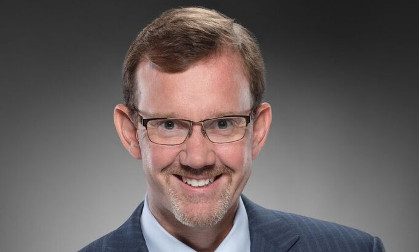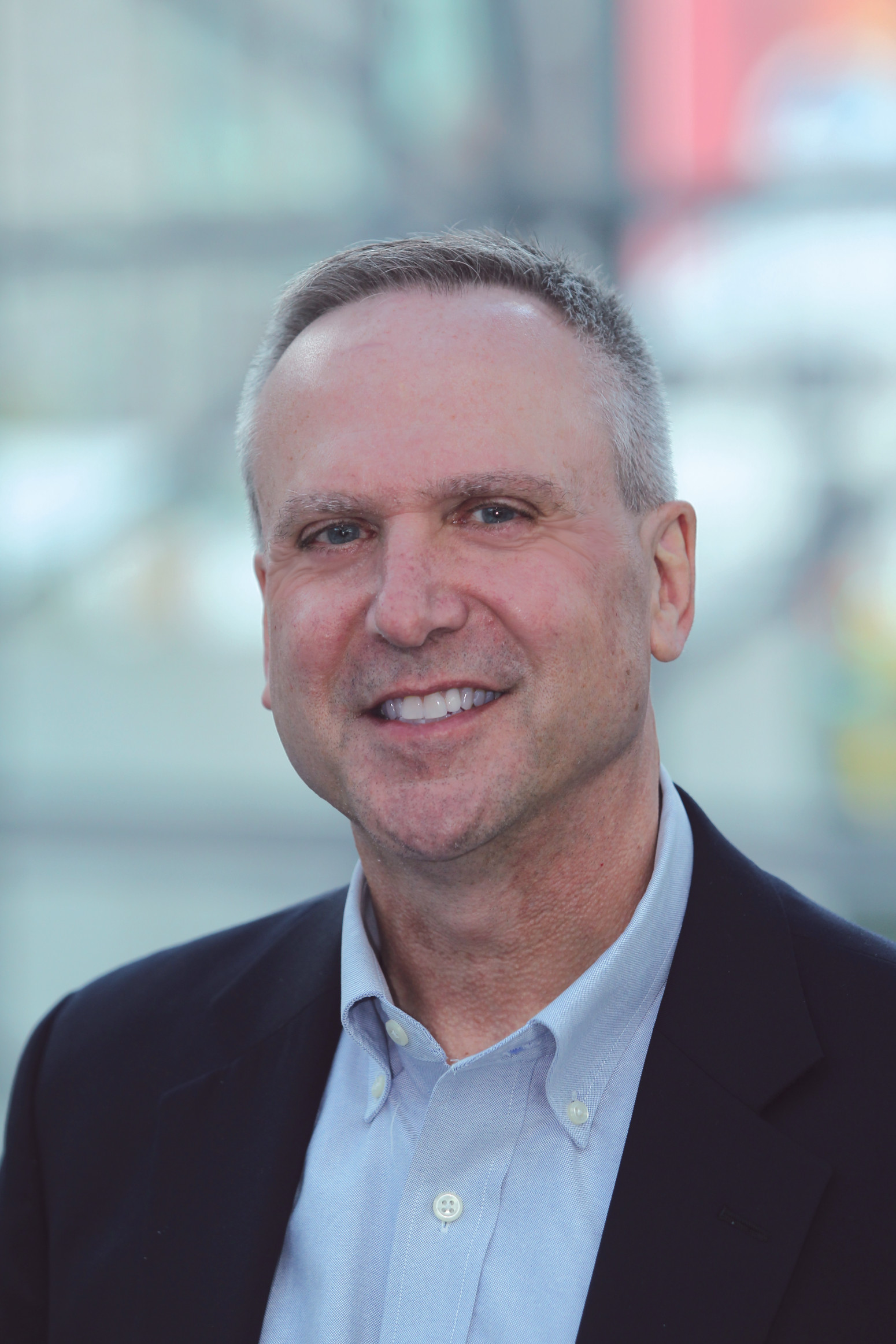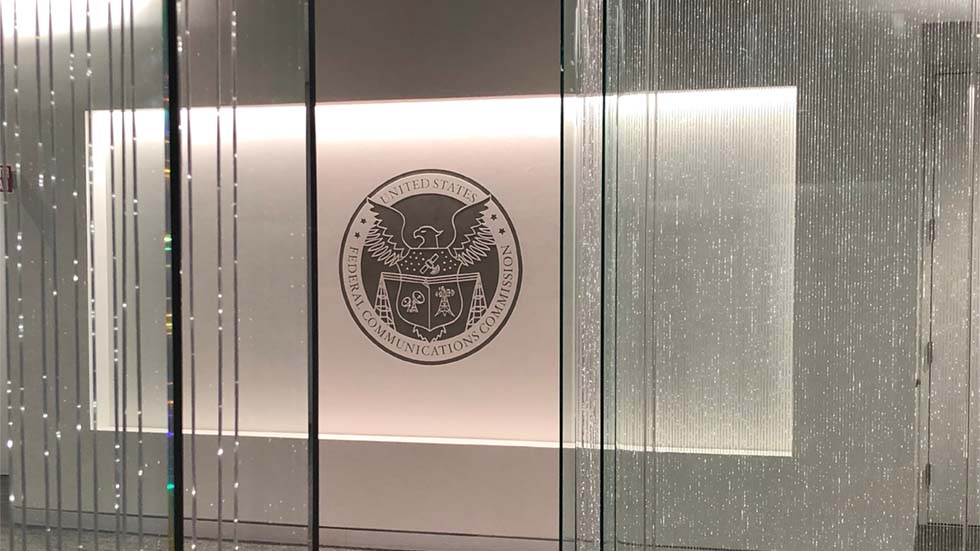Cooney Discusses SAM’s Role in IP Transition
ALEXANDRIA, VA.—In June, Snell Advanced Media (SAM) announcedthe appointment of former Tandberg Television President Eric Cooney as president and CEO of the company, succeeding Tim Thorsteinson who had lead the company for the past two years, managing its merger with Quantel. In advance of next month’s IBC Show, TV Technology Editor in Chief Tom Butts talked with Cooney about his expectations for SAM and the M&E industry in general.

TV Technology: What, based on your past experience in this industry, prepared you for this new position?
Eric Cooney: My past experience includes more than 25 years in the TMT (technology, media and telecommunications) sector, including 12 years creating more than $2 billion in enterprise value as CEO for two companies, Internap and Tandberg Television. In both cases, these companies built significant value through a focused investment in engineering R&D, which resulted a track-record of innovative, differentiated technology solutions. SAM already has a legacy of technological innovation and you should expect us to increasingly invest in focused engineering R&D to enable our customers to meet the market demands for the transition to IP, the adoption of 4K/8K/HDR technologies and the evolution to the Cloud/TV-as-a-Service model.
Further, my experience with Tandberg Television in particular gave me exposure to the unique customer requirements in the Media & Entertainment sector. When your company’s solutions are deployed in the center of your customer’s revenue-generating engine for the delivery of live news, global sporting events and 24/7 broadcast content there is an expectation of ‘zero-tolerance’ for errors. Experience in this environment translates very well to my role with SAM and I’m excited by the opportunity to work in this high-intensity, dynamic environment.
Finally, there are significant implications for a supplier to shift their model from CAPEX to OPEX, and for scenarios in which an OPEX delivery model provides operational and/or commercial benefits to the customer then this is a path you will see SAM pursue aggressively. My experience with Internap, as a Cloud/Hosting, recurring-revenue service provider affords me a clear understanding of these implications across the entire development, sales, delivery and support value-chain. I believe there will be an opportunity to positively differentiate SAM’s TV-as-a-Service capability for many solutions including: production, playout, automation, asset management, editing and finishing.
TVT: How do you differ from your predecessor?
EC:Possibly a better place to start is how I’m similar to Tim. We share a belief in strong and focused R&D investment to ensure the company is at the forefront of its markets.
Get the TV Tech Newsletter
The professional video industry's #1 source for news, trends and product and tech information. Sign up below.
Of course, Tim and I have different backgrounds and I feel that my professional experience in support of enterprise value creation spanning the TMT sector and including recurring-revenue, service provider business models is well suited to drive the next phase of profitable growth for SAM.
TVT: What impressed you most about SAM?
EC:One of the key reasons I joined SAM was because the company has some really exciting core technologies that are today, and will continue to be a sustainable basis of competitive differentiation. It’s clear to me, only a few weeks in, that we have some incredibly talented engineers and an amazing portfolio of products.
TVT: Where do you view SAM’s position in the industry right now? What are its biggest challenges?
EC: SAM is well placed in the industry with major innovations and differentiated offerings across our portfolio. Our most significant near-term growth opportunities are driven by gaining market share from our competitors. This is always challenging, but with increased focused investment in engineering R&D and robust operational execution we are confident in our ability to gain share.
TVT: Do you think SAM has overcome its reputation as a vendor with mostly “high end, expensive” products and technology?
EC:Ultimately, our pricing is set by the market. To the extent, we are able to come to market with compelling, differentiated offerings that solve real-world customer problems, we’ll continue to grow successfully. Hopefully, we will be known as a ‘high-end provider of high-value solutions.’
TVT: Do you believe the reorganization is complete or are there any loose ends that need to be resolved?
EC:Given the dynamic nature of the market in which we compete, I expect SAM will be similarly dynamic. This is not in terms of ‘reorganizations, but in terms of our rapid adoption and deployment of new technologies, commercial and delivery models.
TVT: You’re returning to this industry after nearly a decade elsewhere. How have things change in the way it conducts business, relevant to other industries?
EC: For good reasons, the Media & Entertainment sector has not transitioned to IP, nor adopted Cloud/Hosting technologies as rapidly as other industry sectors. Obviously, that is changing now and, frankly, was a key part of my excitement to rejoin the industry at this point.
TVT: What will SAM focus on at IBC?
EC:We’ll announce specifics shortly, but you should expect our announcement to align with the key industry drivers including: IP transition, 4K/8K/HDR adoption and the evolution to Cloud-based solutions.
Tom has covered the broadcast technology market for the past 25 years, including three years handling member communications for the National Association of Broadcasters followed by a year as editor of Video Technology News and DTV Business executive newsletters for Phillips Publishing. In 1999 he launched digitalbroadcasting.com for internet B2B portal Verticalnet. He is also a charter member of the CTA's Academy of Digital TV Pioneers. Since 2001, he has been editor-in-chief of TV Tech (www.tvtech.com), the leading source of news and information on broadcast and related media technology and is a frequent contributor and moderator to the brand’s Tech Leadership events.

